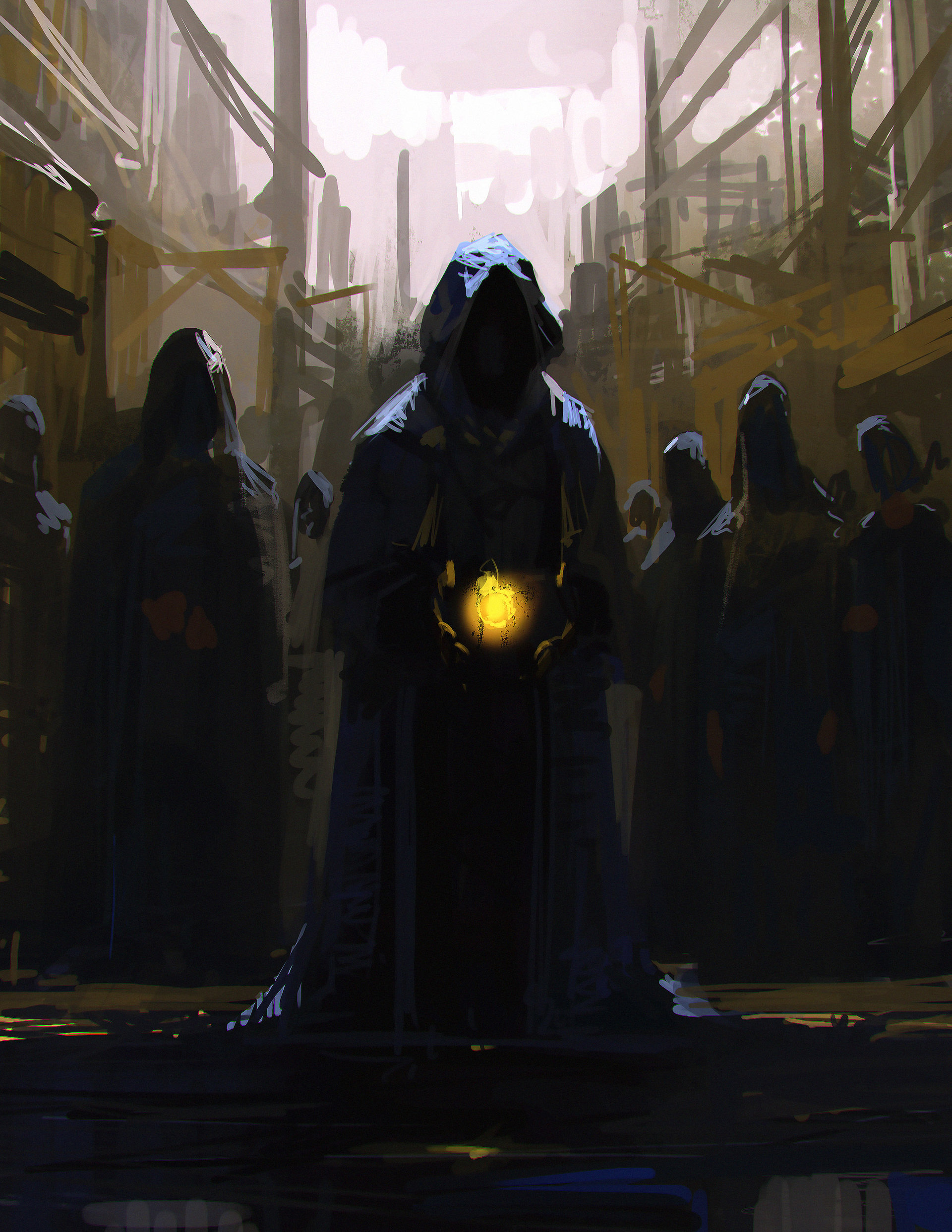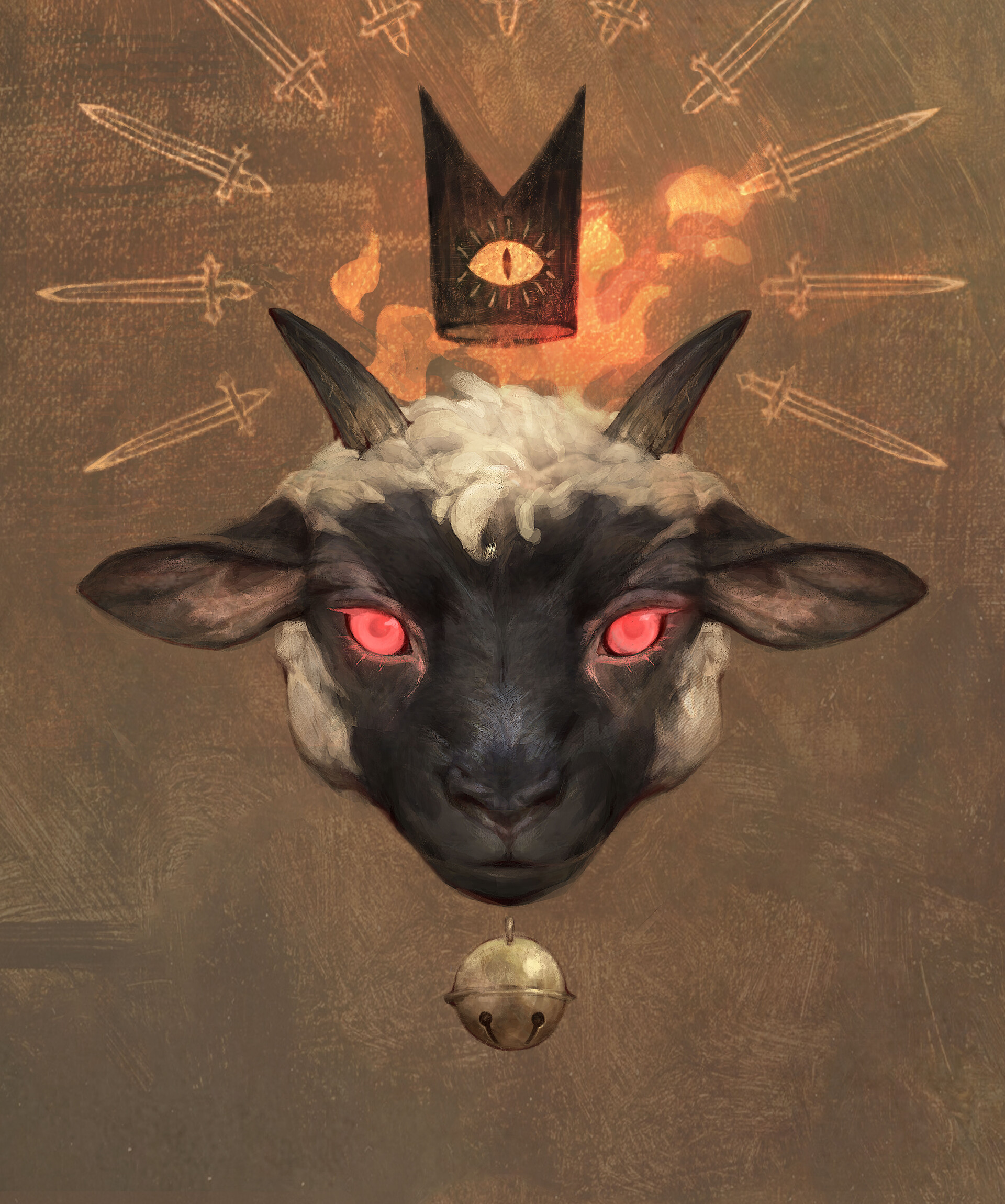Let me tell you something, folks. Art has always been more than just a pretty picture on a wall. It's a powerful force that shapes culture, fuels emotions, and even builds communities. But what happens when art becomes a cult? That's right, a cult. The "cult of art" is a concept that's been buzzing around for years, and it's about time we peeled back the layers and uncovered its secrets. Whether you're an art enthusiast or just someone curious about how art influences society, this is the ultimate guide for you.
Now, I know what you're thinking. A cult? Really? But hear me out. The term "cult of art" refers to the way people elevate art to almost religious levels. It's not just about admiring a painting or sculpture; it's about devotion, passion, and sometimes obsession. And trust me, this phenomenon isn't new. It's been around for centuries, influencing everything from politics to economics.
In today's world, where art is more accessible than ever, understanding the cult of art is more important than ever. So grab a coffee, get comfy, and let's dive into the fascinating world of art worship. You won't regret it.
Read also:Nude Photos Of Jenna Ortega Setting The Record Straight
Table of Contents:
- What Is the Cult of Art?
- History of the Cult of Art
- Art and Religion: Where They Intersect
- Modern Art Cults: The Digital Revolution
- The Economic Impact of the Cult of Art
- Psychological Effects of Art Worship
- Famous Art Cults and Their Stories
- How to Join an Art Cult
- Criticisms and Controversies Surrounding the Cult of Art
- The Future of the Cult of Art
What Is the Cult of Art?
Alright, let's start with the basics. What exactly is the cult of art? Simply put, it's the intense admiration and reverence people have for art. But it's not just about liking a painting or sculpture; it's about seeing art as something sacred, almost divine. People in the cult of art often feel a deep emotional connection to the pieces they love, and they might even go to great lengths to be around them.
Think about it. Have you ever seen someone cry in front of a painting? Or maybe you've witnessed someone spend hours staring at a sculpture, completely lost in thought? That's the cult of art in action. It's not just about aesthetics; it's about the way art makes us feel, think, and even act.
Key Characteristics of the Cult of Art
Here are a few things that define the cult of art:
- Devotion: Members of the cult of art are deeply devoted to their favorite pieces and artists.
- Community: The cult often brings together like-minded individuals who share a passion for art.
- Influence: The cult of art can influence everything from fashion to politics, making it a powerful force in society.
History of the Cult of Art
Let's take a trip back in time, shall we? The cult of art isn't a modern invention. It's been around for centuries, evolving alongside human civilization. From ancient cave paintings to Renaissance masterpieces, art has always had a special place in our hearts.
One of the earliest examples of the cult of art can be traced back to ancient Greece. The Greeks believed that art was a gift from the gods, and they treated it with the utmost respect. Temples were built to house sculptures and paintings, and artists were celebrated as heroes.
Read also:Tj Ott Wife The Untold Story Behind The Man And His Family
Key Moments in Art History
Here are a few moments in history that highlight the cult of art:
- The Renaissance: This period saw a surge in art worship, with artists like Michelangelo and Leonardo da Vinci being treated like rock stars.
- The Romantic Era: Artists during this time were seen as visionaries, and their work was often viewed as a form of spiritual expression.
- The Modern Era: With the rise of galleries and museums, art became more accessible, and the cult of art grew even stronger.
Art and Religion: Where They Intersect
Now, here's where things get really interesting. Art and religion have always had a close relationship. In many cultures, art was originally created for religious purposes. Think about those stunning stained glass windows in cathedrals or the intricate carvings on Hindu temples. These pieces weren't just decorative; they were meant to inspire devotion and awe.
Even today, the connection between art and religion remains strong. Many people see art as a form of spiritual expression, and some even incorporate it into their religious practices. It's no wonder that the cult of art often overlaps with religious worship.
Examples of Art and Religion
Here are a few examples of how art and religion intersect:
- Christian Art: From the Sistine Chapel to modern-day church murals, art has played a central role in Christianity.
- Buddhist Art: Statues of Buddha and intricate mandalas are just a few examples of how art is used in Buddhism.
- Islamic Art: Calligraphy and geometric patterns are common in Islamic art, serving both aesthetic and religious purposes.
Modern Art Cults: The Digital Revolution
Fast forward to today, and the cult of art has taken on a whole new form. Thanks to the internet and social media, art is more accessible than ever. People from all over the world can now admire masterpieces from the comfort of their own homes, and new art cults are forming online every day.
Platforms like Instagram and Pinterest have become hotspots for art lovers, with users sharing their favorite pieces and connecting with others who share their passion. It's like a global art community, and it's growing faster than ever.
How Digital Art Cults Work
Here's how digital art cults typically operate:
- Sharing: Members share their favorite art pieces and artists on social media.
- Discussion: Online forums and groups provide spaces for in-depth discussions about art.
- Collaboration: Some digital art cults even organize virtual exhibitions and events.
The Economic Impact of the Cult of Art
Let's talk money, folks. The cult of art isn't just about emotions and aesthetics; it also has a significant economic impact. Art is big business, and the cult of art plays a major role in driving that industry forward.
From auction houses to galleries, the art market is booming. And it's not just about selling paintings and sculptures. The cult of art also fuels tourism, with people traveling from all over the world to see famous artworks in person. It's a multi-billion dollar industry, and it's only getting bigger.
Key Players in the Art Market
Here are a few key players in the art market:
- Auction Houses: Companies like Sotheby's and Christie's are where the big money is made in the art world.
- Galleries: These spaces showcase new and upcoming artists, giving them a platform to reach a wider audience.
- Collectors: These are the people who buy art, often spending millions on a single piece.
Psychological Effects of Art Worship
Now, let's get into the mind of an art worshipper. What happens when someone becomes obsessed with art? It turns out, there are some pretty interesting psychological effects at play.
Studies have shown that looking at art can reduce stress, improve mood, and even boost creativity. It's like a natural high, and once someone experiences it, they can become hooked. That's why so many people are drawn to the cult of art; it's not just about the art itself, it's about the way it makes them feel.
How Art Affects the Brain
Here's a quick breakdown of how art affects the brain:
- Emotion: Art can trigger a wide range of emotions, from joy to sadness.
- Creativity: Exposure to art can enhance creative thinking and problem-solving skills.
- Memory: Art can improve memory and cognitive function, especially in older adults.
Famous Art Cults and Their Stories
Throughout history, there have been some pretty famous art cults. These groups have left a lasting impact on the art world, and their stories are fascinating. Let's take a look at a few of them.
One of the most famous art cults is the Pre-Raphaelites. This group of artists and writers in the mid-19th century were obsessed with medieval art and literature. They believed that art should be as detailed and vibrant as possible, and they created some of the most stunning works of their time.
Other Notable Art Cults
Here are a few other notable art cults:
- The Bloomsbury Group: This group of artists and intellectuals in the early 20th century were known for their avant-garde ideas and unconventional lifestyles.
- The Surrealists: This movement was all about exploring the subconscious mind through art, and it produced some of the most iconic pieces of the 20th century.
How to Join an Art Cult
So, you're interested in joining an art cult? Great choice! But where do you start? Here are a few tips to help you get involved:
- Explore: Visit galleries, museums, and art shows to discover new artists and styles.
- Connect: Join online communities and forums to connect with other art enthusiasts.
- Create: If you're feeling inspired, try creating your own art. Who knows? You might start your own cult!
Criticisms and Controversies Surrounding the Cult of Art
Of course, not everyone is a fan of the cult of art. There are some valid criticisms and controversies surrounding this phenomenon. For one, some people argue that the cult of art has contributed to the commercialization of art, turning it into a commodity rather than a form of expression.
Others criticize the elitism that can sometimes accompany the cult of art. Not everyone has access to the same resources or opportunities when it comes to art, and that can create a divide between those who are part of the cult and those who aren't.
Addressing the Criticisms
Here's how some of these criticisms are being addressed:
- Accessibility: Efforts are being made to make art more accessible to everyone, through online platforms and community programs.
- Inclusivity: Many art organizations are working to promote diversity and inclusivity in the art world.
The Future of the Cult of Art
So, what does the future hold for the cult of art? With the rise of technology and the internet, the possibilities are endless. Virtual reality and augmented reality are already starting to change the way we experience art, and who knows what's coming next?
One thing is for sure: the cult of art isn't going anywhere. As long as people continue to create and admire art, this phenomenon will continue to thrive. And that's a beautiful thing.
In conclusion, the cult of art is a powerful and fascinating phenomenon that has shaped society for centuries. Whether you're a devoted member or just someone curious about the world of art, there's no denying its impact. So why not dive in and see what it's all about
![Cult of Art Circe's Circus [10/22/22]](https://media.thebostoncalendar.com/images/q_auto,fl_lossy/v1664337815/clxhcjr9czaomd2e86id/cult-of-art-circe-s-circus.png)

